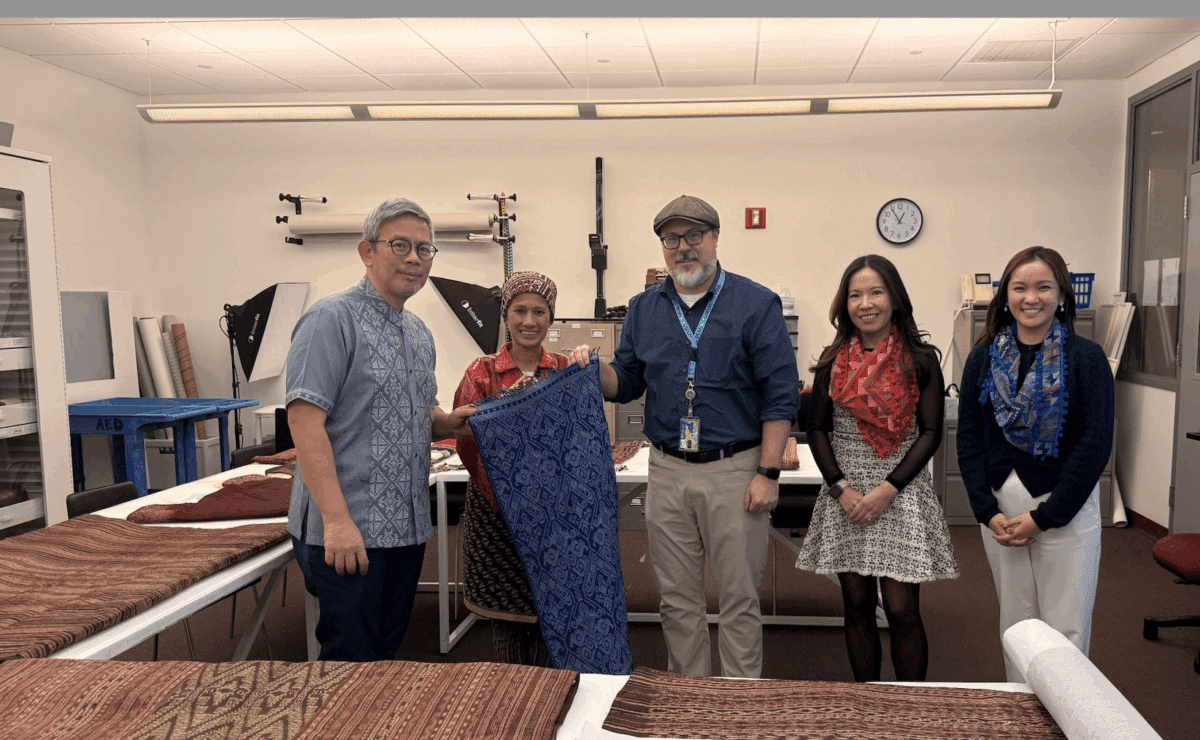Rare Yakan textile from PH finds new home at Penn Museum

Photo by Nikka Arenal
A centuries-old tradition from the southern Philippines now has a permanent home in one of the world’s most prominent cultural institutions.
For 125 years, the Penn Museum in Philadelphia has been safeguarding Philippine artifacts. Recently, they officially welcomed its first Yakan textile into its Philippine Collection.
The formalization of the donation followed an earlier symbolic handover in December 2024, when master weaver Bai Putri Otong-Hamja conducted a lecture and live demonstration at the museum, titled “Threads of Threadition: The Art of Yakan Weaving.”
During that event, families and museum visitors were invited to try their hand at Yakan weaving techniques. They also learned firsthand from Otong-Hamja how her Basilan-based collective, Tuwas Yakan, has kept the rich weaving tradition alive.
According to Otong-Hamja, their work with international designers has helped amplify Yakan artistry while creating sustainable livelihoods for women weavers in their community.
The gifted textile, regarded as the oldest Yakan design, is known as peneh pitumpu or “the cloth with 70 designs.” Reserved traditionally for aristocrats, the textile features python-inspired motifs meticulously woven using 70 sticks, which is a process demanding immense skill and patience.
As part of her recent visit, Otong-Hamja and representatives from the Philippine Consulate in New York were also given a rare, behind-the-scenes viewing of century-old Philippine textiles housed at the museum.
Consul General Senen T. Mangalile emphasized that the donation reflects the Philippine government’s commitment to preserving Indigenous heritage and showcasing it on an international stage.
“This donation is part of our continuing efforts to promote and preserve Philippine indigenous heritage on the global stage,” he said.
Images of these pieces were shared with the World Ikat Textile Symposium held in Baguio, underscoring the collaborative efforts to reconnect Philippine communities with heirloom cultural objects.
Moreover, the museum continues to support initiatives like the Mapping Philippine Material Culture project, ensuring that both students and researchers can engage with the history and artistry of the Philippines.

